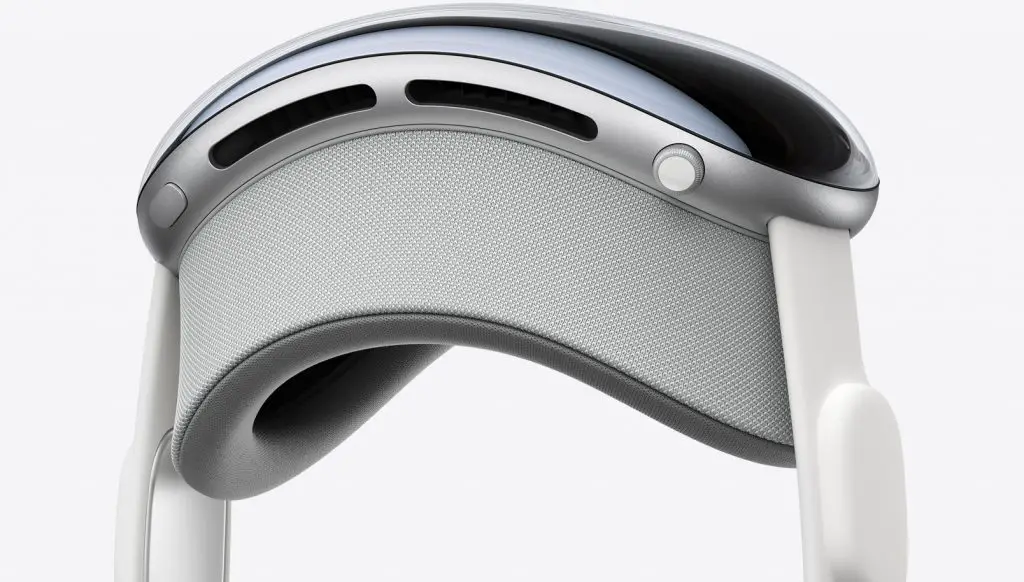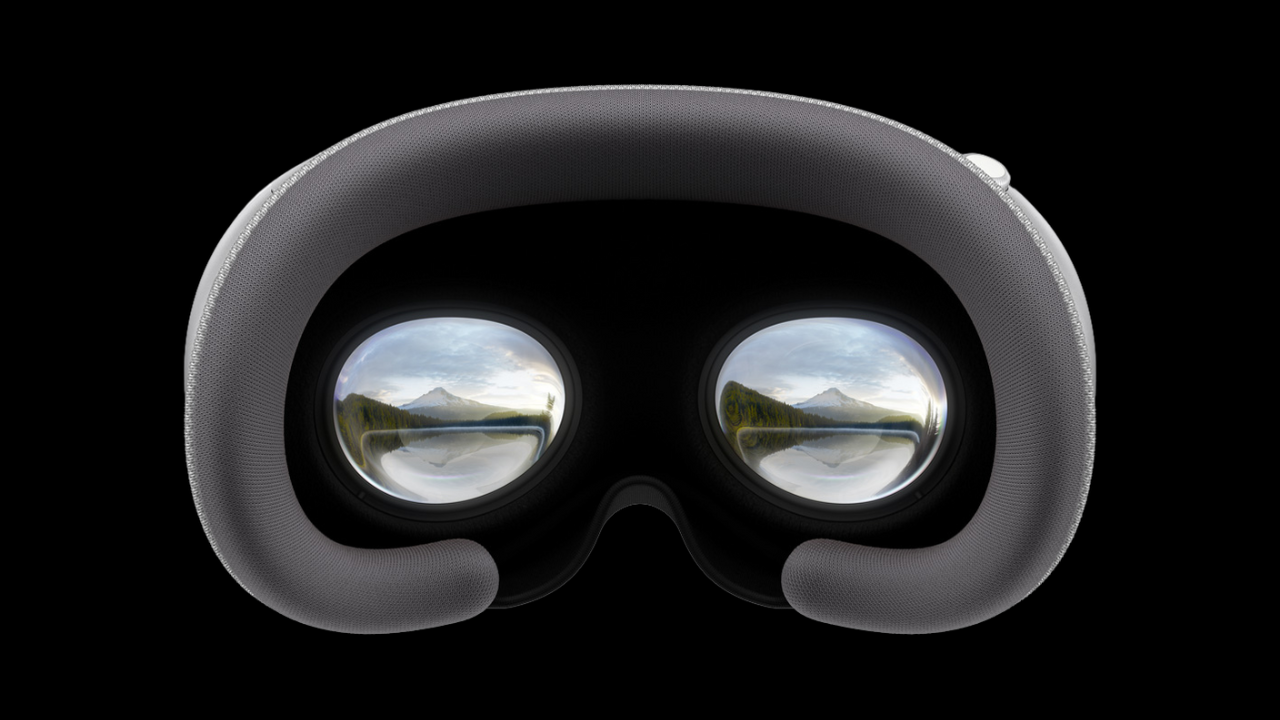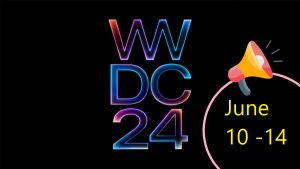Apple’s latest brainchild, the Vision Pro augmented reality (AR) headset, represents a new direction for the tech titan, venturing into the yet underdeveloped mixed reality world. There’s been a sea of questions among potential buyers, especially those already donning corrective eyewear, about the compatibility of this avant-garde technology with their everyday vision aids.
The initial reaction to the Vision Pro’s announcement was a mix of awe and skepticism. The device promises to provide a paradigm shift in AR experiences but leaves us glasses wearers in a bit of a pickle.
Can I wear the Vision Pro with glasses?
Due to the design of the Vision Pro, your everyday glasses can’t accompany you into this new reality.

However, Apple is not leaving the bespectacled crowd behind. In a strategic move, Apple has allied with optical lens maker Zeiss, developing specialized Optical Inserts. These custom lenses magnetically affix to the Vision Pro, ensuring accurate eye-tracking and visual fidelity. This is, indeed, a glimmer of hope for glasses wearers. But the bright side comes with a shade.
The Optical Inserts, required for us less fortunate in the vision department, will be an additional purchase. Yet, Apple remains tight-lipped about the potential costs.
Moreover, the Vision Pro’s modular design opens up the possibility for personalized adjustments. The headset is said to feature flexible straps and a swappable headband available in multiple sizes, making it more accessible for different users. Although the inclusion of such features is laudable, it also creates a dilemma. Given the potential costs, will the Vision Pro be financially viable for an everyday user? With Apple’s track record, it’s safe to assume this new tech toy won’t be easy on the wallet.

In the hindsight of Google Glass’s failure due to a lack of support for prescription lenses, Apple’s approach is commendable as how they are helping the developers and setting up labs. However, while Apple’s proactive approach to corrective vision is admirable, there are still questions to answer. Will these Optical Inserts cover all vision corrections? What will be the impact on the end-user cost for the Vision Pro? How will this affect the overall user experience?
As a critic, I find this development intriguing yet daunting. For those of us who must navigate the world through prescription lenses, the concept of the Vision Pro is both exciting and concerning. The collaboration with Zeiss is a positive stride, but the silence on the cost implications is deafening.
In summary, Apple’s Vision Pro is undeniably a technological leap, yet its success hinges on how it addresses these pressing concerns. The resolution of the corrective vision issue is a critical aspect of the product’s ultimate reception. Until we have these answers, we wait, our eyesight as focused on Apple as Apple’s technology is on our eyesight.



